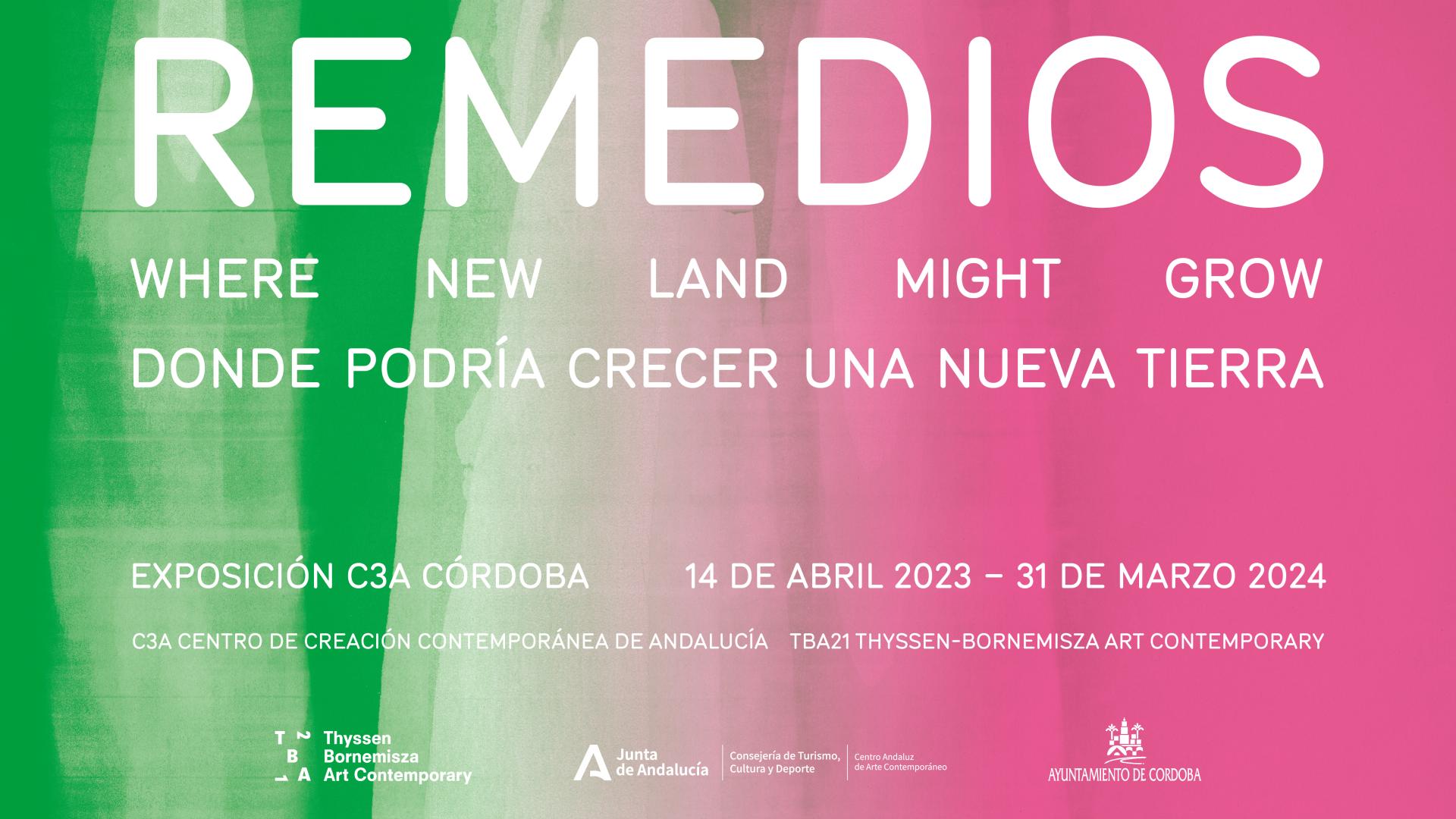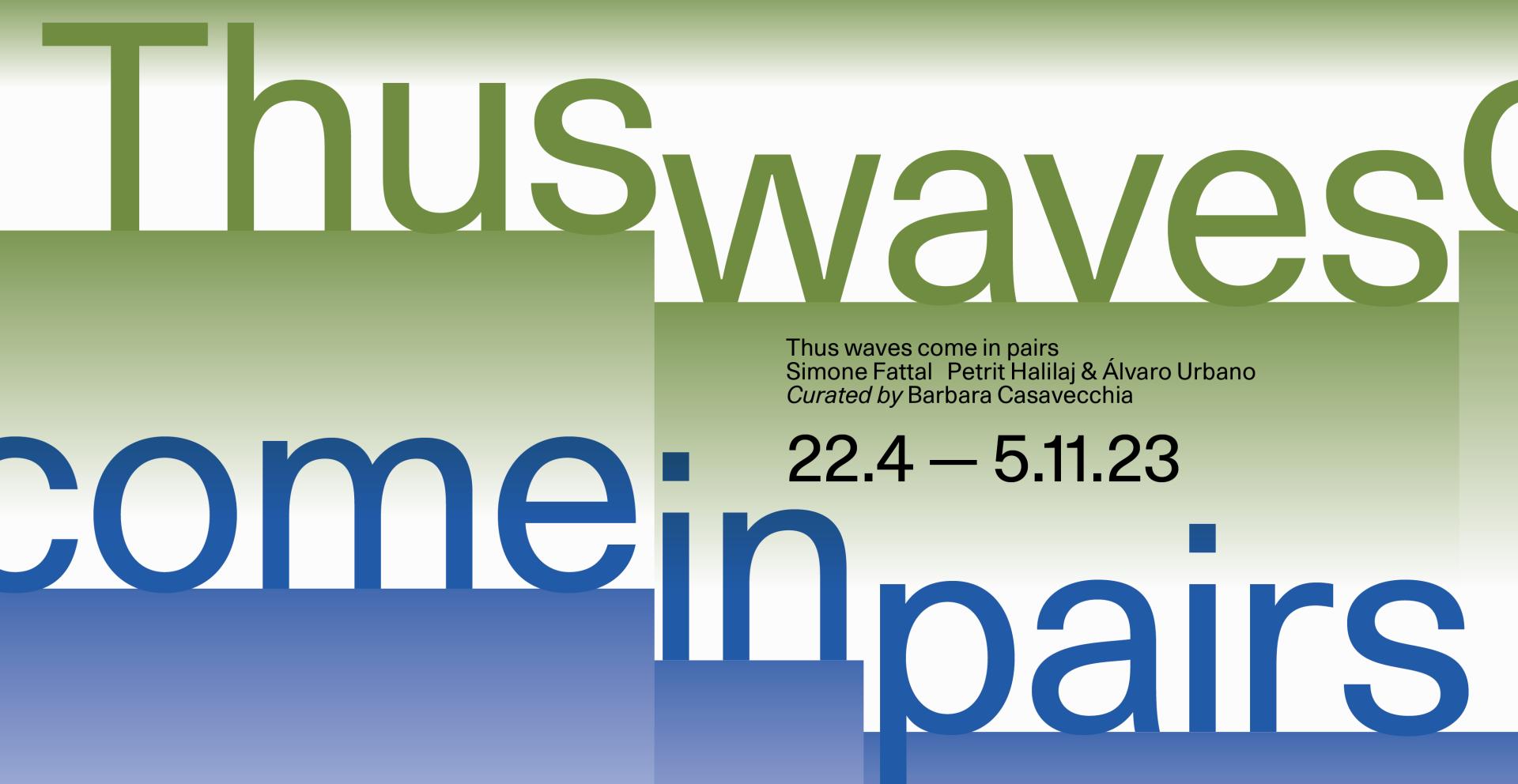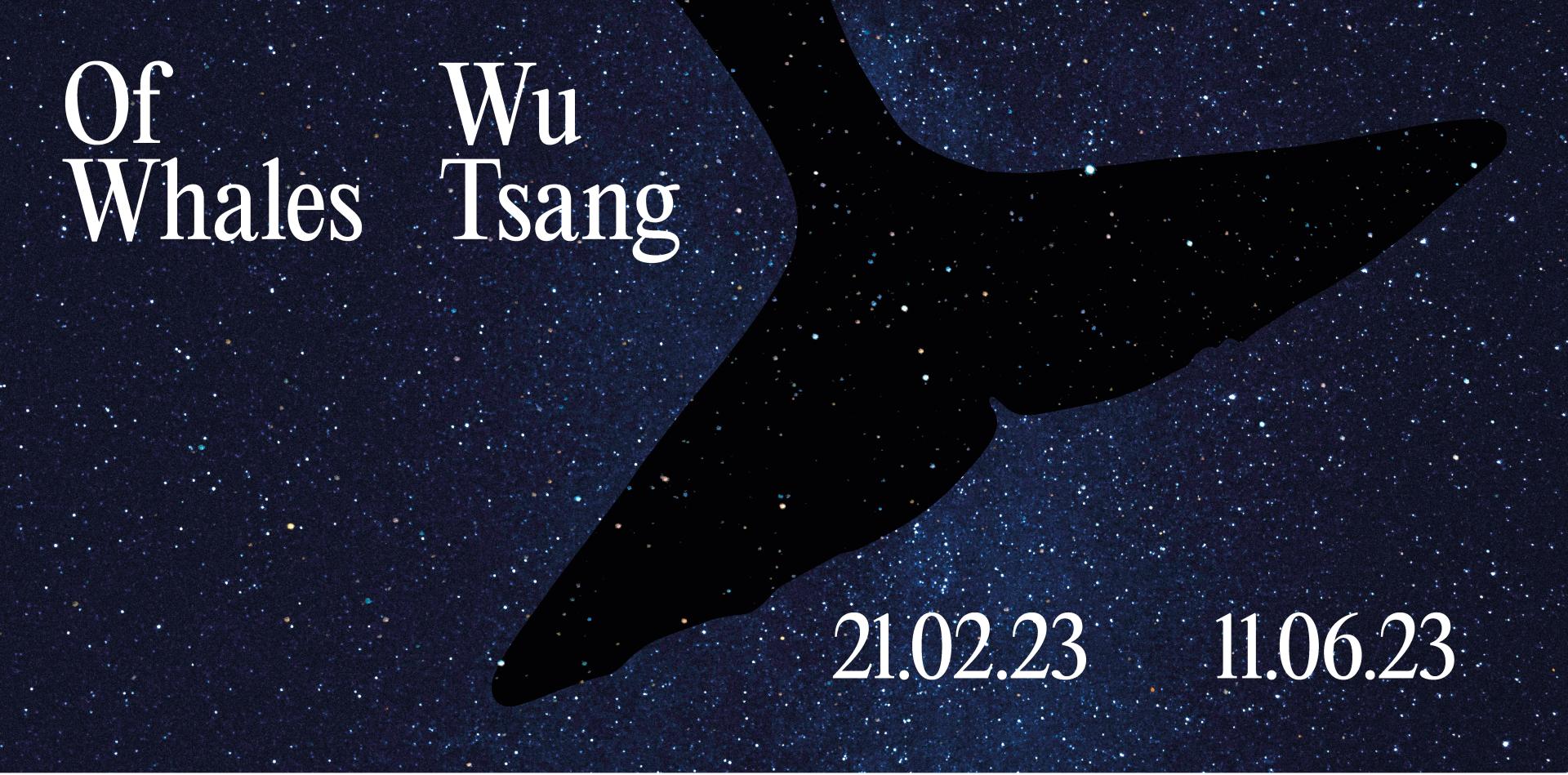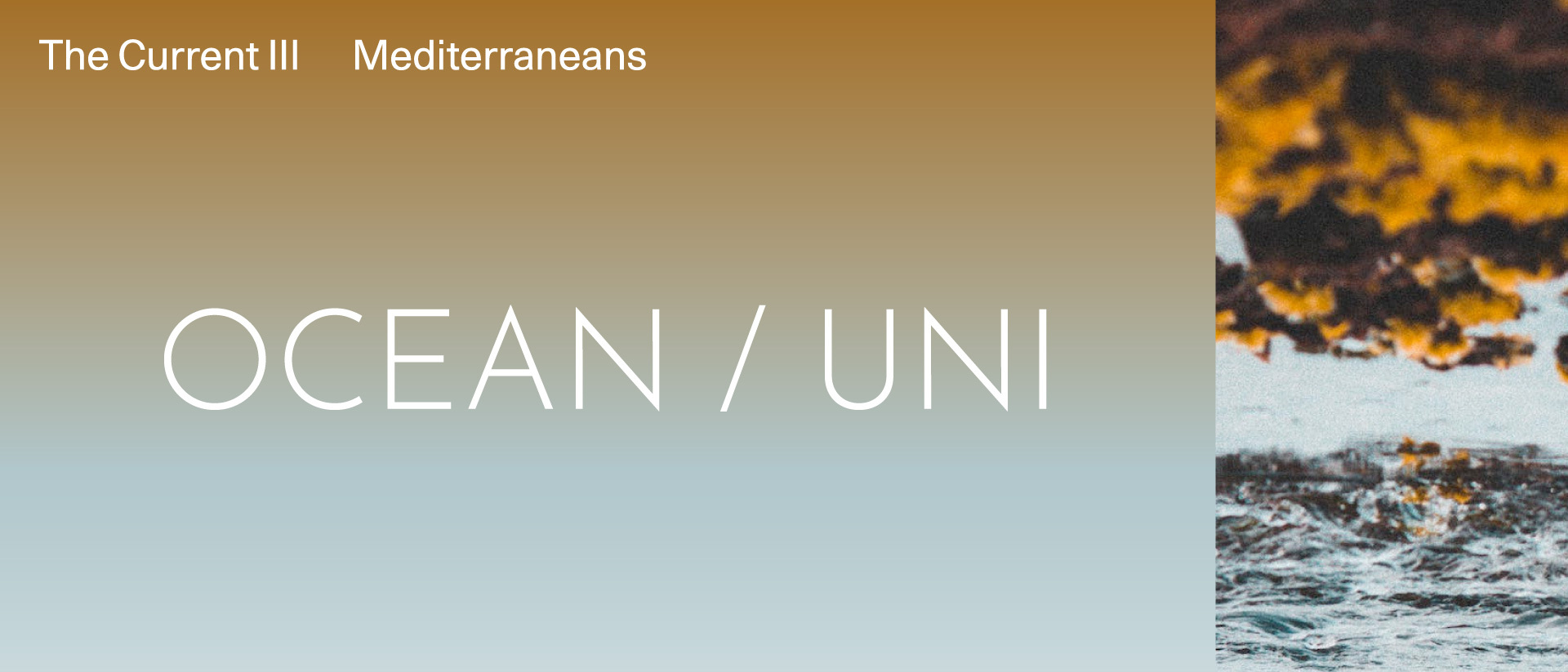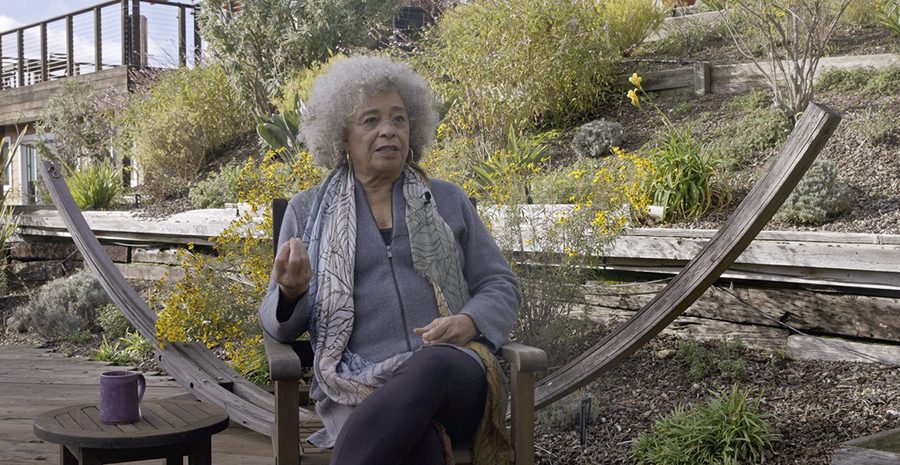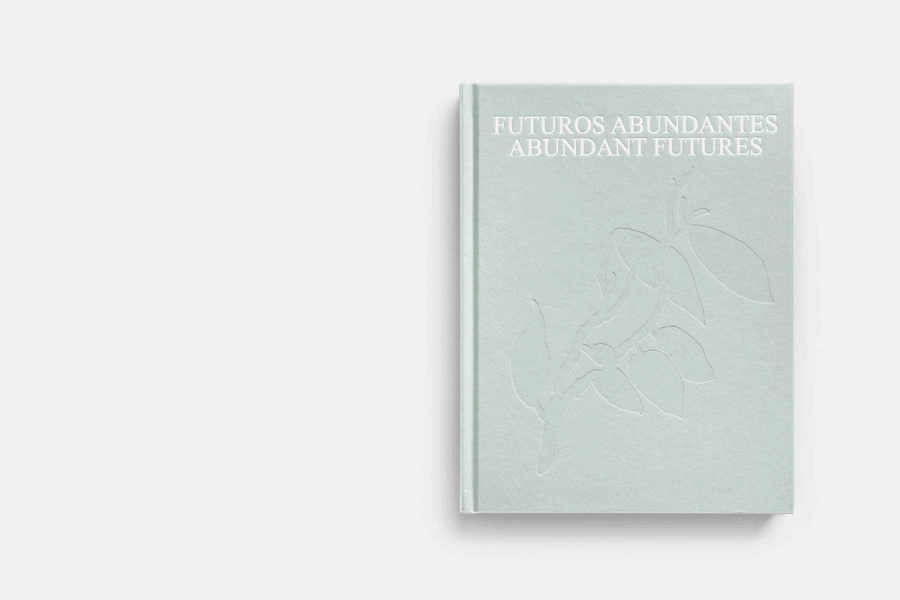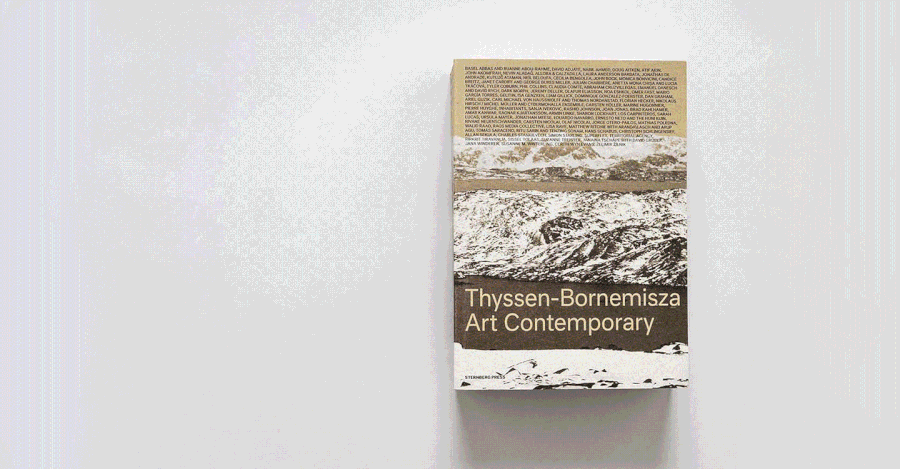Everything good goes (signage), 2010
Liam Gillick

Photo: Galerie Meyer Kainer
Collection
Light box, screen-print on plexiglass
105 x 127 x 22 cm
Liam Gillick’s artistic production is closely related to other cultural disciplines, such as contemporary music, film, literature, design, and architecture. Collaborations are a crucial element of his practice, casting himself into the roles of visual artist, musician, designer, writer, and theoretician. Everything good goes, can be viewed as a way of bringing some of these parallel activities into contact with one another.
Everything good goes (signage) is not so different from what one might see outside any independent movie theater across the globe. Simple, with a subtle yet striking graphic presence, it is placed high on a wall of an exhibition space to mark the entrance area to a screening of a film of the same name. Understood as a physical object, the Plexiglas sign mirrors Gillick’s long-standing interest in secondary architecture: signage, decorative elements, screens, and so on as part of his broader artistic language. Yet, it also reflects the artist’s thoughts and ideas within the film. The title is a play on the title of Jean-Luc Godard and Jean-Pierre Gorin’s 1972 film Tout va bien, which translates into “everything goes well”, but can also be construed, in a literal misunderstanding as “everything good goes”. In the film Everything Good Goes, Gillick documents the creation of a 3-D model of the sausage factory from the Godard-Gorin production. The soundtrack consists solely of a telephone message from Gillick to the producers about the planned project. Thus, the film and the secondary architecture associated with it are recast as an examination of creativity and production.
– Alicia Reuter
*1964 in Aylesbury, United Kingdom | Living and working in New York, USA
105 x 127 x 22 cm
Liam Gillick’s artistic production is closely related to other cultural disciplines, such as contemporary music, film, literature, design, and architecture. Collaborations are a crucial element of his practice, casting himself into the roles of visual artist, musician, designer, writer, and theoretician. Everything good goes, can be viewed as a way of bringing some of these parallel activities into contact with one another.
Everything good goes (signage) is not so different from what one might see outside any independent movie theater across the globe. Simple, with a subtle yet striking graphic presence, it is placed high on a wall of an exhibition space to mark the entrance area to a screening of a film of the same name. Understood as a physical object, the Plexiglas sign mirrors Gillick’s long-standing interest in secondary architecture: signage, decorative elements, screens, and so on as part of his broader artistic language. Yet, it also reflects the artist’s thoughts and ideas within the film. The title is a play on the title of Jean-Luc Godard and Jean-Pierre Gorin’s 1972 film Tout va bien, which translates into “everything goes well”, but can also be construed, in a literal misunderstanding as “everything good goes”. In the film Everything Good Goes, Gillick documents the creation of a 3-D model of the sausage factory from the Godard-Gorin production. The soundtrack consists solely of a telephone message from Gillick to the producers about the planned project. Thus, the film and the secondary architecture associated with it are recast as an examination of creativity and production.
– Alicia Reuter
*1964 in Aylesbury, United Kingdom | Living and working in New York, USA
Liam Gillick graduated from Hertfordshire College of Art and Goldsmiths College, University of London, B.A. (Hons.). His work exposes the dysfunctional aspects of a modernist legacy in terms of abstraction and architecture when framed within a globalized, neo-liberal consensus, and extends into structural rethinking of the exhibition as a form. He has produced a number of short films since the late 2000s which address the construction of the creative persona in light of the enduring mutability of the contemporary artist as a cultural figure. He is the author of a number of books including a volume of his selected critical writing.
The biography is from liamgillik.info.
The biography is from liamgillik.info.



